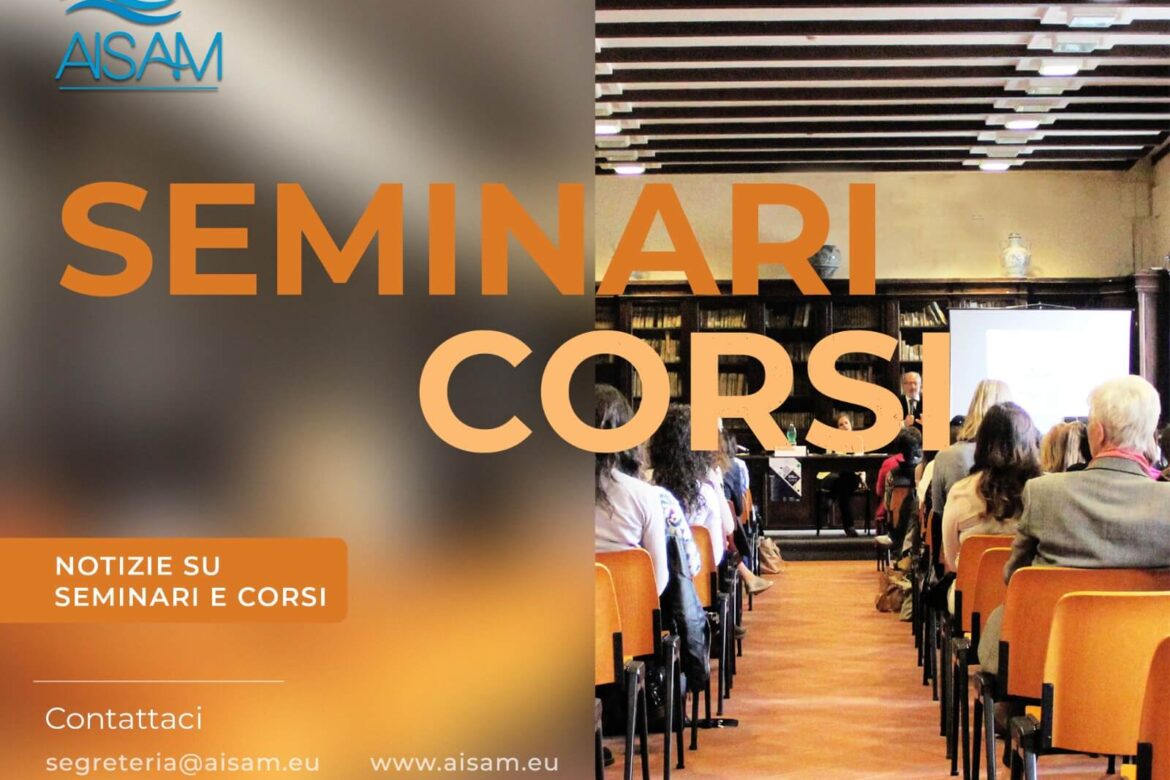
Environmental Meteorology Seminar
AISAM é lieta di annunciarvi Il consueto seminario della serie Environmental Meteorology Seminar, dell’Università di Trento, il quale sarà tenuto dalla Dott.ssa Marta Galvagno (Environmental Protection Agency of Aosta Valley) e avrà come titolo:
“From micrometeorology to climate policies: challenges and opportunities to monitor climate change impacts in the mountains'”.
Si terrà Giovedi 11 Maggio 2023, alle ore 14.30 (UTC+2), in presenza e da remoto.
In presenza nella Lecture Room 1P, Department of Civil, Environmental and Mechanical Engineering (DICAM), Università di Trento, Via Mesiano 77, 38123 Trento (Italy)
Per partecipare da remoto via Zoom collegarsi al link: https://unitn.zoom.us/j/89929798761
(Meeting ID: 899 29798761, Passcode: 428688)
Abstract
Both natural and managed ecosystems contribute to mitigating climate
change through the process of CO 2 sequestration from the atmosphere.
However, model projections of future climate change indicate that extreme weather events will become more frequent and more intense in the
coming years, affecting the ecosystem’s functioning, and increasing the
vulnerability of these important carbon sinks.
Further efforts are therefore needed to assess the resistance and
resilience of different ecosystems and land uses to climate change. In
order to understand the physiological processes regulating terrestrial
ecosystem carbon and water cycling, micro-meteorological measurements,
remote sensing, and models are the most applied approaches in
biogeosciences. In detail, the eddy covariance method provides direct
information on the air-land interactions and on how ecosystems respond
to biophysical forcings, by operating at the appropriate spatial scale
and covering temporal scales from hours to decades. However, as other
methods used for studying both atmospheric and biological processes,
also the eddy covariance approach faces some challenges in quantifying
land-atmosphere interactions, especially in complex terrain, that need
to be accounted for in order to reduce
uncertainties related to the role of the terrestrial ecosystem in the
global carbon cycle.
Finally, under the Paris Agreement, countries are encouraged to preserve and enhance existing carbon sinks, thereby including the LULUCF (Land Use, Land Use Change and Forestry) sector in international climate mitigation targets. A prerequisite to reach these goals is an accurate estimation of both emissions by sources and removals by sinks. Moreover, the definition of climate mitigation policies often occur at the local level, where local authorities (e.g. cities and Regions) can be more effective in the transition to a sustainable economy compared to higher level authorities such as Nations. In this context, flux measurements have the potential to provide important assessments on regional carbon budgets, providing a solid base for climate-smart management of the territory. In this seminar the overview, the challenges and the future perspectives related to the application of the above mentioned approaches in the mountain context will be presented and
discussed.
Bio
Marta Galvagno graduated in Biology and Environmental Sciences, and worked as a
biometeorologist at the Environmental Protection Agency of Aosta Valley,
Climate Change Dept., in Italy. Her interests encompass different topics
of ecology, from plant physiology to biogeochemical cycles, and since
the beginning of my scientific career, She has been involved in several
multidisciplinary projects related to the impacts of climate change on
the carbon budget and the functioning of ecosystems, including field
experiments, modeling, stakeholder engagement, and local climate
policies. Her principal experience is in the quantification of fluxes of
carbon and water at the biosphere-atmosphere interface by means of the
eddy covariance technique. She is also motivated in facing the challenges
in micro-meteorological flux measurements, especially in complex
terrain, such as mountain sites, to enhance our knowledge of these
global, sensitive, and fascinating environments. In her group, they used a
range of approaches and tools, including eco-physiological observations,
remotely sensed indices of vegetation, and modeling. In recent years, her
interest also focuses on the climate change mitigation potential of
different land-uses, and their contribution to reaching climate
objectives.
